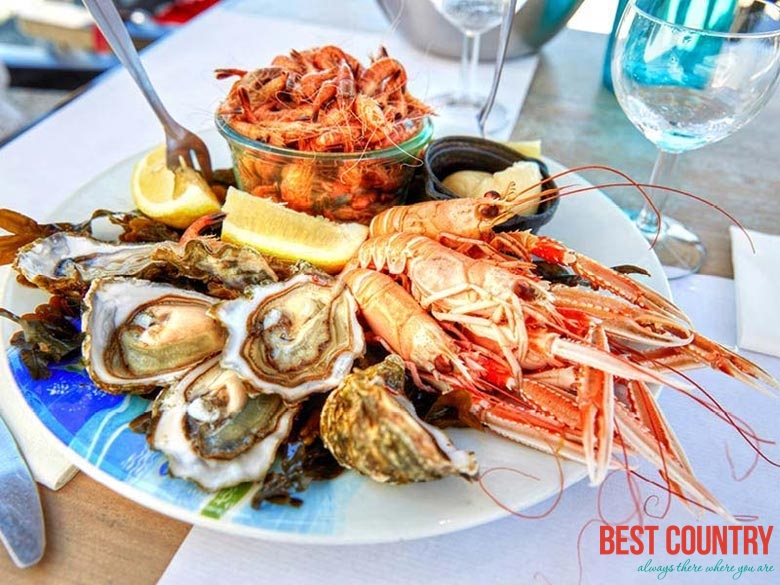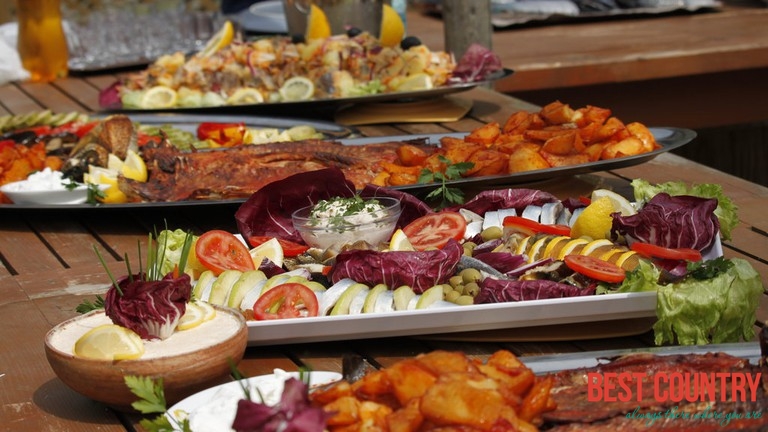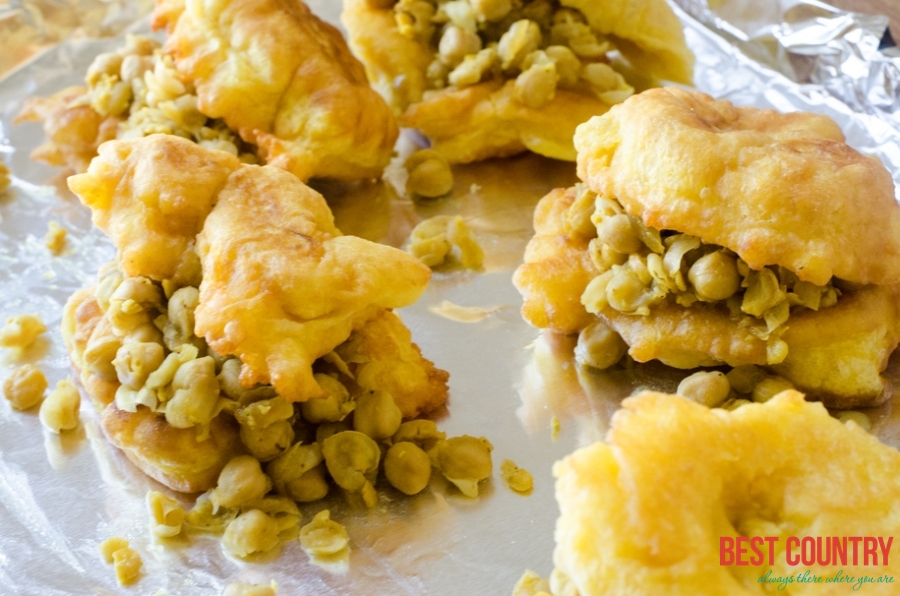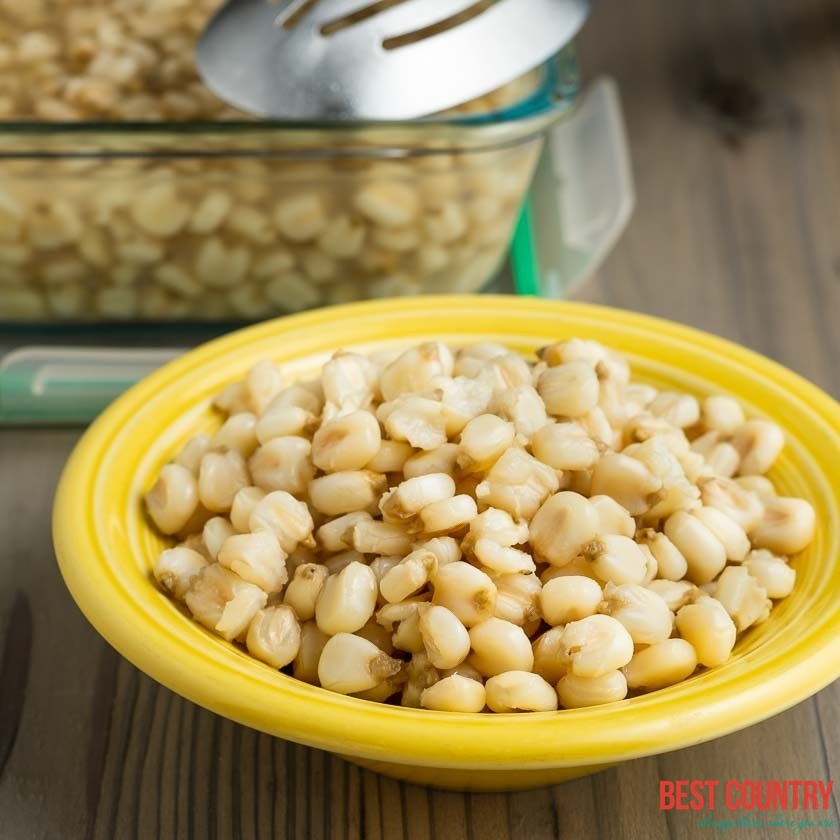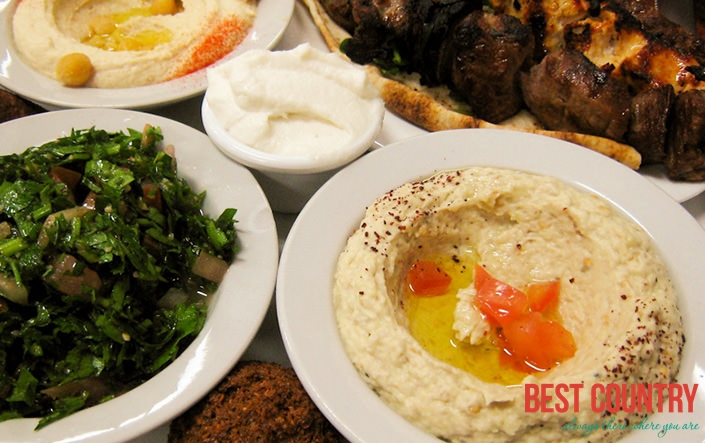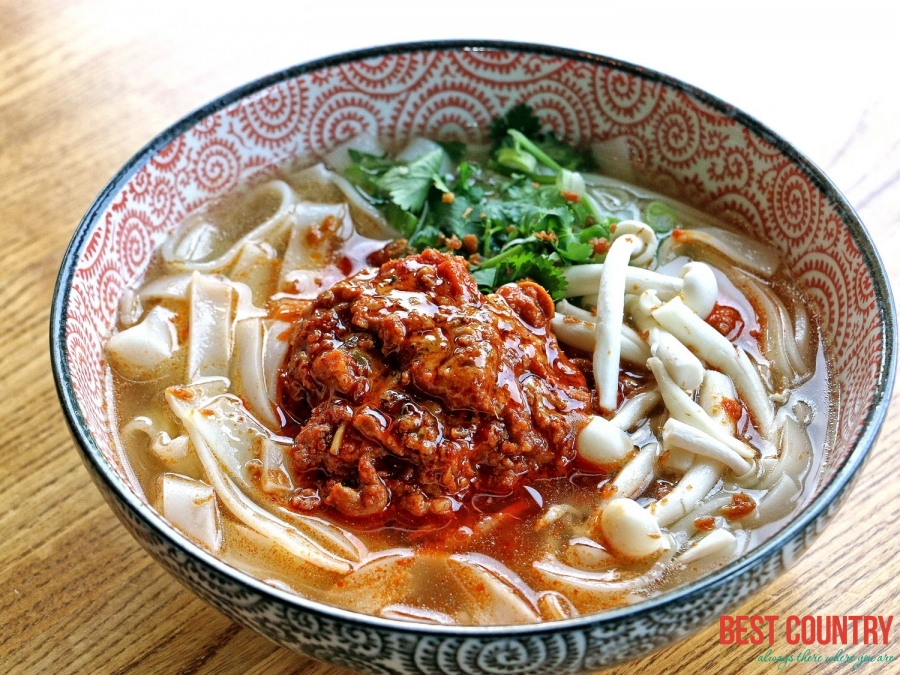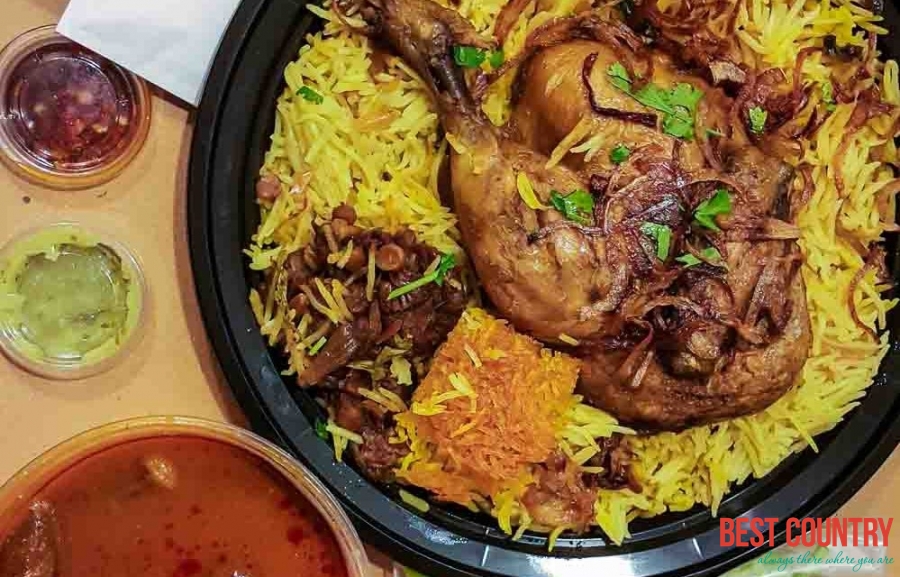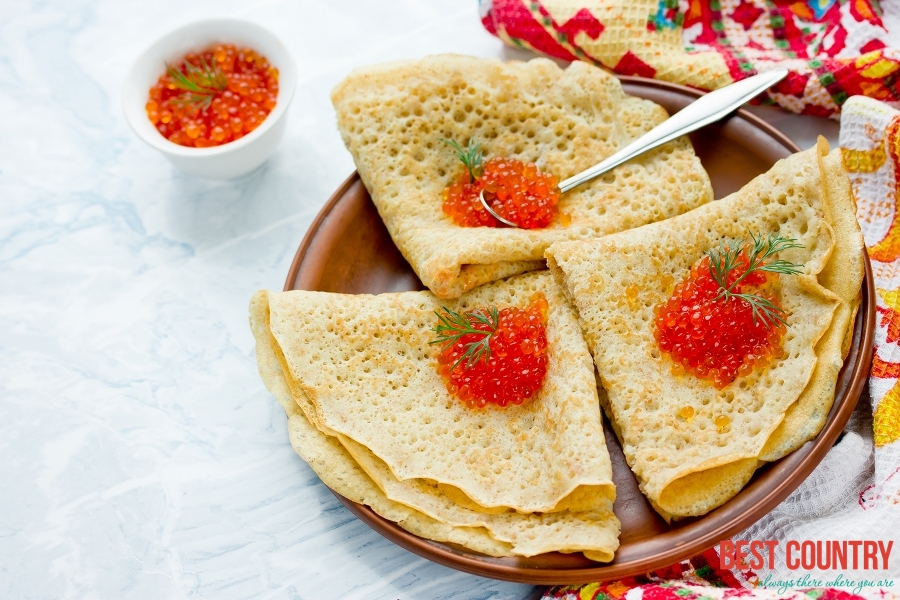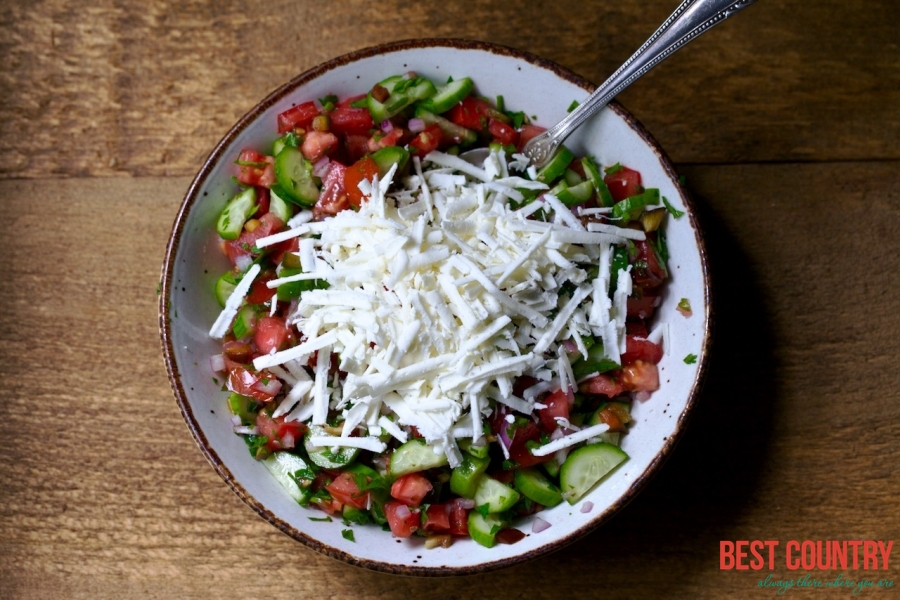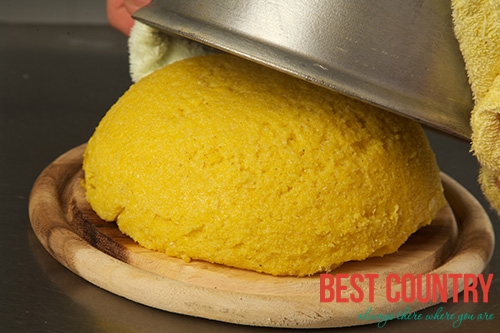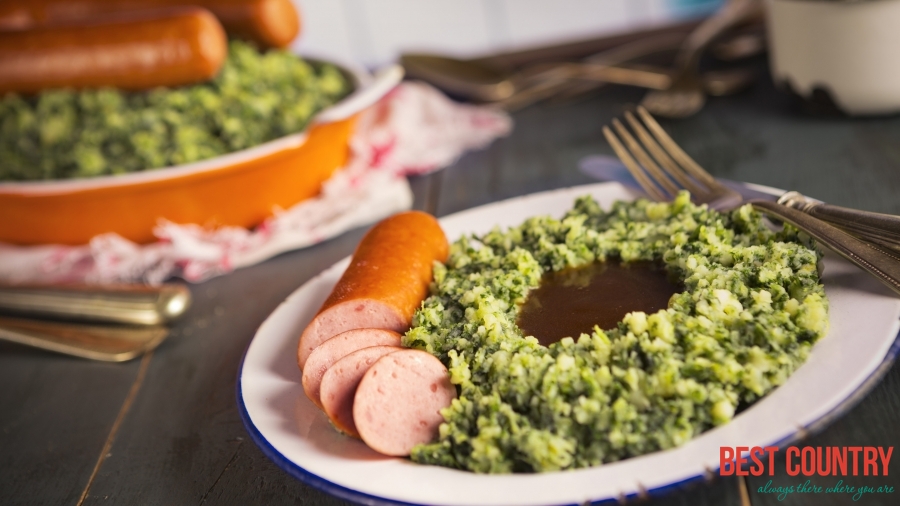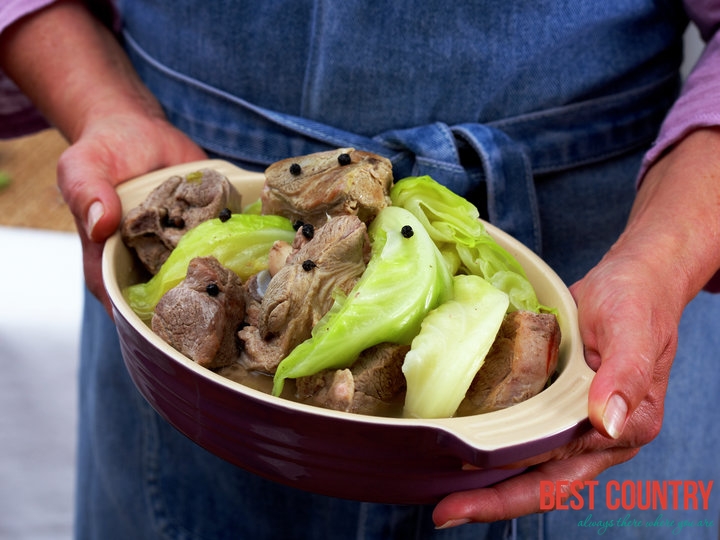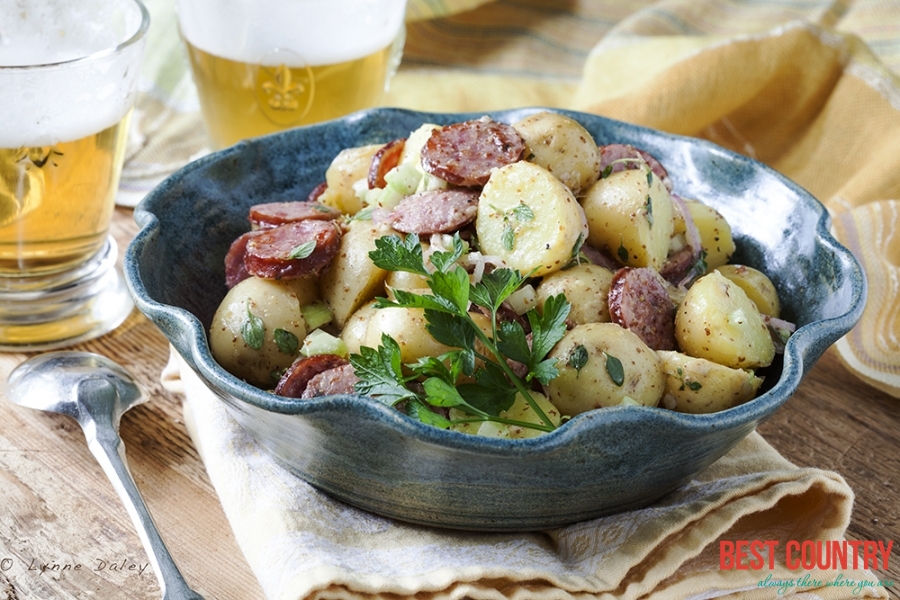International cuisine in different countries
Maldives Food and Drinks
As the Maldives comprises more sea than land, it is only natural that fish (mainly tuna) have always been the most prominent element of Maldivian food.
Romanian Cuisine
The rich and tasty food in Romania is an influence of foreign settlers that have occupied the land in the past. Nations such as Greeks, Hungarians, Germans and Turks.
Trinidad Food
Trinidad and Tobago cuisine is varied if it is anything. Numerous cultures make up the social fabric of this small, Caribbean nation, and much like the culture, the dining scene here blends influences from Amerindians, Europeans, Africans, Indians, and the Chinese.
National food of Turks and Caicos
Typical food you will find on the islands is seafood, lobster and conch with peas ’n’ rice as well as a variety of continental dishes. Good quality meals can be found in nearly all restaurants and bars with a moderate to expensive price tag attached.
Lebanese cuisine
Lebanese cuisine includes an abundance of starches, whole grain, fruits, vegetables, fresh fish and seafood; animal fats are consumed sparingly. Poultry is eaten more often than red meat. When red meat is eaten it is usually lamb on the coast, and goat meat in the mountain regions. It also includes copious amounts of garlic and olive oil, often seasoned by lemon juice.; olive oil, herbs, garlic and lemon are typical flavors found in the Lebanese diet.
Laos Food
Lao food is distinct from other Asia cuisines, although it is somewhat similar to the food found in the northeastern part of Thailand in the area known as Isan.
Kuwaiti cuisine
Kuwaiti cuisine is very important to the culture of Kuwait. A very significant part of the Kuwaiti diet is fish and other seafood, the main fish eaten by Kuwaitis is the Zobaidi.
Russian Traditional Foods
Unfortunately, Russian cuisine hasn’t made it big in the States. However, that leaves one more facet of Russian culture to discover on your own while you’re traveling. You’ve may have heard something about Russian traditional foods but have had little opportunity to try them.
Macedonian cuisine
Macedonians are big gourmands. The Macedonian cuisine, is a representative of the cuisine of the Balkans, reflecting Turkish, Greek and Middle Eastern influences and to a lesser extent Italian, Mediterranean and Hungarian ones. The relatively warm climate provides excellent growth conditions for a variety of vegetables, herbs and fruits. Thus, Macedonian cuisine is particularly diverse.
Food and Drinks in Moldova
Moldova is rich in fertile soil and in hardworking and caring people. Nature is very generous in Moldova, offering plentiful grapes, fruits, vegetables, meat and milk products and cereals, all of which have found their uses in our national food.
Monaco – Cuisine
With Mediterranean as its coast line, Monaco spread out on the elevated hills is one of the most exciting spot of Europe.
Dutch Cuisine
The Dutch don’t have a specific cuisine. You can find a regular meal of potatoes, vegetables and meat just as easily as a proper Indian, Chinese, Surinam, Turkish, Italian or Mediterranean meal. We simply like everything.
Traditional Food From Norway
The traditional foods of Norway are influenced by the northern European country's vast shoreline, well-established dairy farms and short summer season. As a result, you will find the Norwegian table laden with fish, rich cheeses, and root vegetables and berries.
Cuisine in Luxembourg
Luxembourg is a small and wonderful country in Europe. This tiny country has proud and unique traditions and is hospitable and hearty. Here, the delicacy of France and the generosity of Germany combine in an entirely different way than one finds in Belgium.
